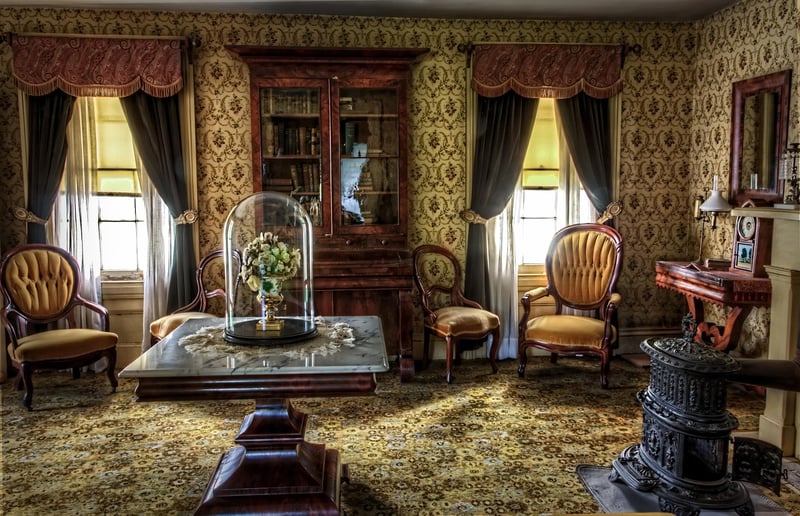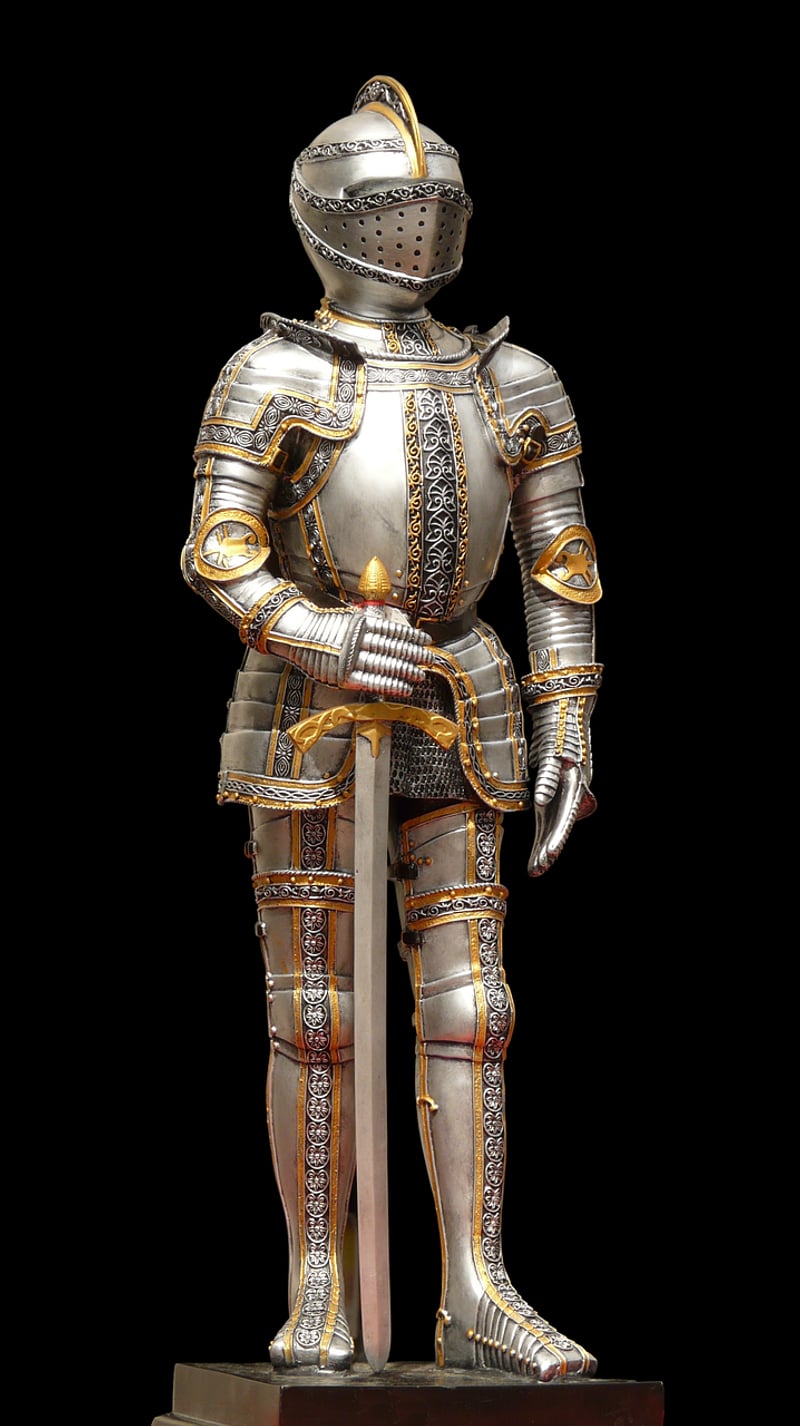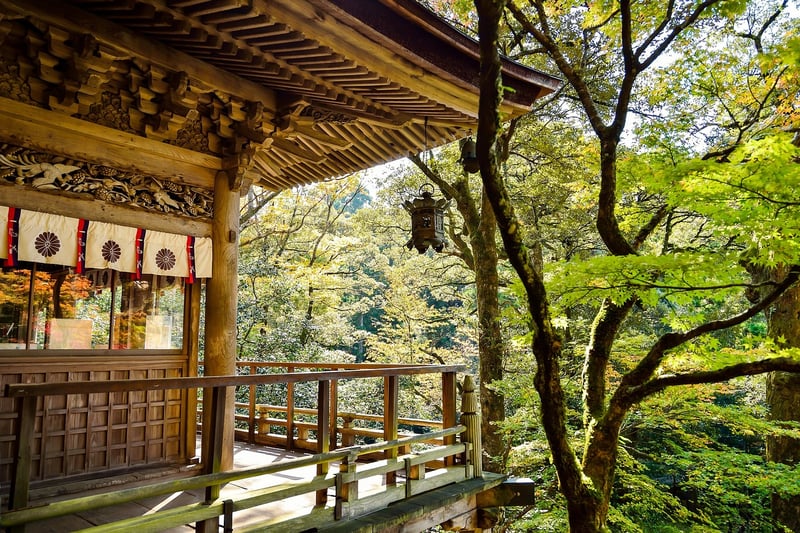Historical Etiquette
Guidance for Travelers and Historical Etiquette
Introduction
Traveling to new places offers a wonderful opportunity to explore different cultures, traditions, and etiquettes. In this guide, we will provide essential guidance for travelers and delve into the intriguing world of historical etiquette practices.
Traveler's Checklist:
- Research the destination's cultural norms and customs before your trip.
- Respect local traditions, including dress codes and behavior expectations.
- Learn a few basic phrases in the local language to show respect and make communication easier.
- Be mindful of your body language, as gestures can have different meanings in various cultures.
- Try local cuisine and embrace new flavors, but be cautious with street food in unfamiliar places.
- Ensure you have the necessary travel documents, including passports, visas, and travel insurance.
- Stay open-minded and flexible, as travel often involves unexpected twists and turns.
Historical Etiquette Insights:
Exploring historical etiquette provides a fascinating glimpse into the social norms of bygone eras. Here are a few intriguing examples:
Victorian Era (1837-1901)
In the Victorian era, proper etiquette was of utmost importance. Men were expected to stand when a woman entered the room, and women were to curtsy or nod in acknowledgment. Table manners were elaborate, with specific rules on how to hold utensils and engage in conversation.

Medieval Times (5th-15th century)
Etiquette in medieval times was heavily influenced by chivalry and courtly love. Knights were expected to show respect to ladies, follow a code of honor, and display bravery on the battlefield. Feasting etiquette was also significant, with rules on seating arrangements and proper conduct at the table.

Japanese Edo Period (1603-1868)
The Edo period in Japan was characterized by strict social hierarchies and etiquette rules. Samurai adhered to a code of conduct known as Bushido, emphasizing loyalty, honor, and self-discipline. Tea ceremonies and flower arranging became formalized during this period, reflecting the importance of aesthetics and mindfulness.

Conclusion
By blending modern travel guidance with insights into historical etiquette, travelers can enrich their experiences and gain a deeper appreciation for the diverse cultures of the world. Remember to embrace new customs with respect and curiosity on your next adventure!
